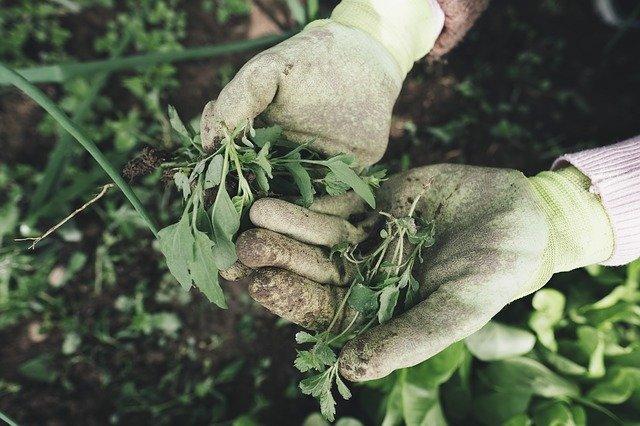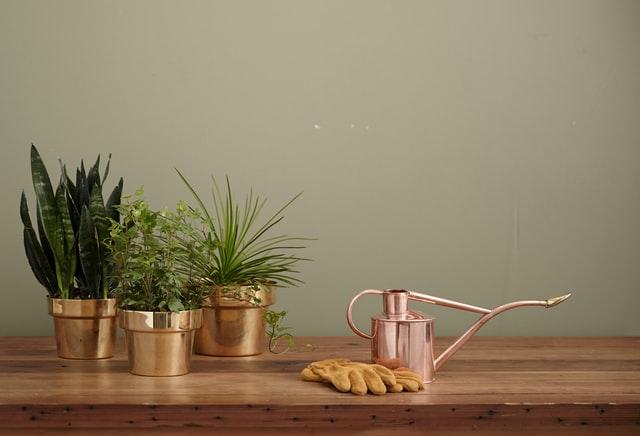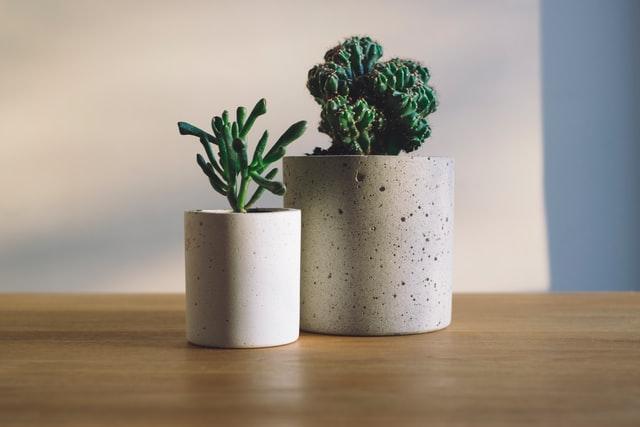Relocations are often complicated. There are a lot of details to think about – scheduling your move, finding a reliable moving company, finding a new home, packing, sorting out all the paperwork, etc. However, for all those gardening lovers, relocations get even more complicated. Even though you might be thinking of giving away or selling your plants before your move, think again. Remember all the time and effort you put into growing your green friends, so it’s a pity to leave them behind. We feel that there’s no need to worry about moving long-distance with plants. This guide will help you learn all the necessary tricks to ensure your fragile greenery and flowers arrive safely in the new home.
Check the rules and guidelines
Before you start the preparation process, ensure you can relocate your plants to the new home. Sometimes, crossing the state border means that you need to leave some of the plants behind. States like California, Arizona, Florida, Oregon, etc., have more strict guidelines related to bringing plants. So, depending on where you’re moving, be sure to check if the plants you have are welcome there, etc.
Remember: one of the rules you need to know is that most of the moving companies won’t relocate your plants, as they are very fragile. Therefore, you need to find a way to migrate your greenery on your own or risk and ship them through the mail. The safest way is to travel together in your car, as you can adjust the position, sunlight and keep them from breaking.
Gather all the necessary supplies
The same way you gather supplies for packing other belongings, you need some equipment for safely moving long-distance with plants. Apart from moving boxes, you’ll need some plastic pots, flea collars, sterilized potting soil, paper towels, and some plastic bags. These will make repotting and packing much easier and safer.
The first step – preparation
As plants are susceptible to sudden changes, lack of light, and moving during transport, it is necessary to prepare them well for such an adventure. The preparation process includes:
- removing dead leaves
- cleaning
- pruning
- removing pests
- getting rid of the weeds.
It would be best if you did all of these steps in advance, preferably a few weeks before your moving day. If necessary, clean your plants again right before you need to pack them. This will ensure they are ready to travel and beautify your new home.

Repotting
As you will probably have to move the plants on your own, it’s best to make them as light as possible. To do that, you can repot them in plastic pots. These are a lighter option compared to heavy pots made of ceramics, terracotta, metal, wood, stone, etc. Also, it’s best to add some fresh soil that is sterile and ready for the road. Refreshing the soil will ensure you notice any bugs in it and remove them before you start packing.
Watering
When it comes to watering your plants, it is vital to keep their soil damp during the trip. However, it is also essential to keep them from leaking, so it’s best to water them well a couple of days before moving. This will ensure the soil is moisturized enough during travel and help avoid the mess in your car.

Packing
Packing plants is the essential step for them to arrive safely at your new home. It is important to pack each plant separately, so be sure to prepare enough packing supplies. To pack a plant, you’ll need a plastic bag – place it over the plant and tie it in the base. You can also use the ‘sleeving technique.’ Get a piece of craft paper and wrap it around the plant to create a sleeve or a cone that is a bit wider at the top – use some tape to secure it. Next, after you put the plant inside the paper, the leaves will be faced upwards, which is a much safer way to travel. Adapt the packing technique to the plant type, but ensure it is protected from heat and direct sunlight.
Packing succulents and cacti
These types of plants are a bit more special and require special care during long-distance moves. As cacti and succulents keep a lot of water in their leaves, it is not necessary to water them before the road. The way you pack them is crucial, though, if you want your Christmas cactus to continue blooming. Use small containers to prevent the pots from flipping over, which can be fatal for these plants. When packing cacti – keep them away from anything else, or wrap them with craft paper or a towel.

How to move large pots
Usually, or most-loved plants are the biggest ones. These come in large and heavy pots, which can be tricky to relocate. Like with any other bulky item in your home, it’s best to use a dolly or a flatbed cart to help you move them to the vehicle effortlessly. Furthermore, be careful when lifting these items. Using proper lifting techniques, you can prevent hurting your back or knees, which is the last thing you need when relocating to the new house.
What to do when moving long-distance with plants isn’t possible?
Sometimes, moving long-distance with plants is not an option. So, what can you do if the plants you love are too big to move or root in your backyard? There’s a way to bring them to your new home – keep a cutting and re-grow it in your new garden. However, if you decide that some plants are too fragile for such long-distance travel, giving them away to the people you love might be the right solution. Giving them a gift like this is a great way to say goodbye!
Author’s bio: Jessica Myer is a copywriter, and she contributes to Allstate Moving and Storage by sharing moving and organization tips. She is in love with nature, so gardening and outdoor activities are her favorite pastime. Hiking and discovering new plant species is what she enjoys the most.
Photo Credits:
Potted Plants
Garden Gloves
Copper Pots
Succulents
